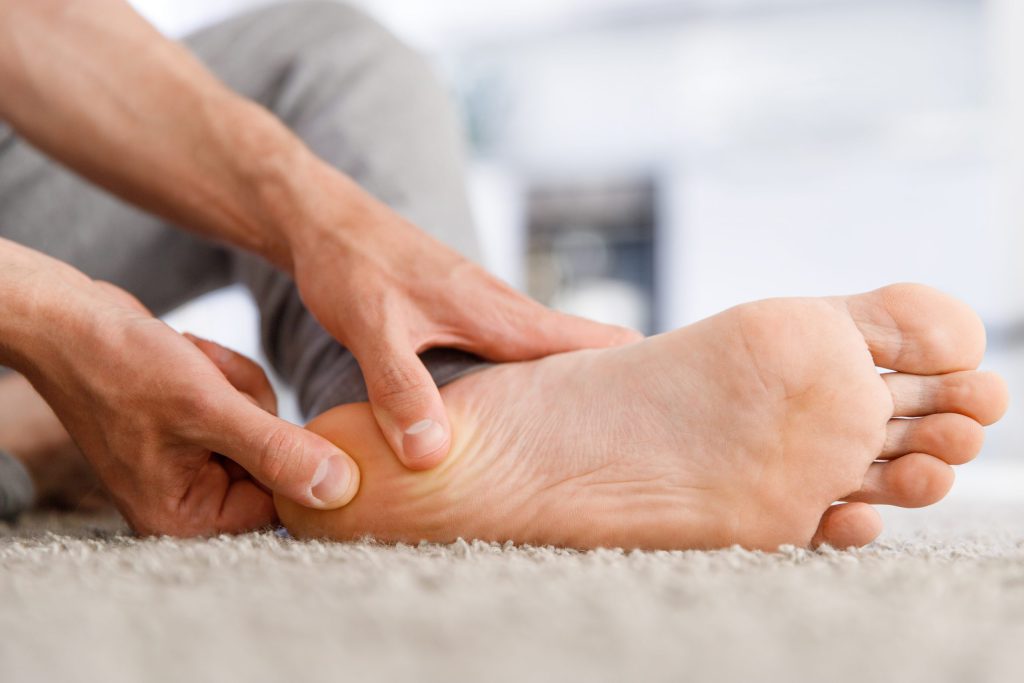What’s Heel Spur? Advice on how to avoid
Heel spur affect around 15% of the world’s population! They are bony growths that emerge from the bottom of the heel bone inside the foot as a result of strain on the foot ligaments. Is it a heel spur or plantar fasciitis? It is true that heel spurs and plantar fasciitis are related problems, but they are not the same. Because: Plantar fasciitis occurs when the plantar fascia is overly torn or stretched, resulting in severe heel pain that comes and goes throughout the day. It differs in that it eases while walking, then returns when sitting, and then increases to move for a longer time. As for the heel spur, it occurs as a response to plantar fasciitis for a long time, so that the body builds additional bone tissue that turns into a spur in the heel! Heel spur treatment A heel spur is treated in the same way as plantar fasciitis is. Because plantar fasciitis causes heel pain that indicates a heel spur. So, treating the symptoms of plantar fasciitis aids in the relief of the associated pain. Treatment includes: Resting your heels after running. Using cold compresses or ice. Taking anti-inflammatory medications, if needed. Stretching before activity Wearing shoes or using shoe inserts that protect the plantar fascia. Your doctor will help you choose what is right for you. A few cases may need surgery to remove the heel spur as part of plantar fasciitis surgery. Tips you can take to prevent There are several factors that increase the risk of infection. Fortunately, some factors can be changed, but some factors cannot be changed. The following tips can help you: Choose soft surfaces such as grass and paths over hard surfaces when running. Wear shoes that fit and support your foot. Do not walk barefoot on any hardwood or tile floors. Walk properly to alleviate strain on your heels. You may get advice from Health and Style Medical Center and have a walking gait assessment. Maintain a healthy weight to reduce pressure on your heels. Change your daily routine to avoid standing on your feet for long periods as much as possible. Non-modifiable factors Age; some natural changes occur as we get older such as: The plantar fascia becomes less flexible and more susceptible to plantar fasciitis. Lose the natural fat pads under your feet gradually. You have high arches.
What’s Heel Spur? Advice on how to avoid Read More »



